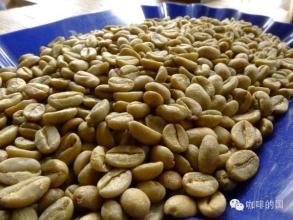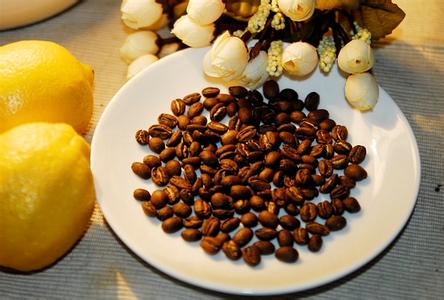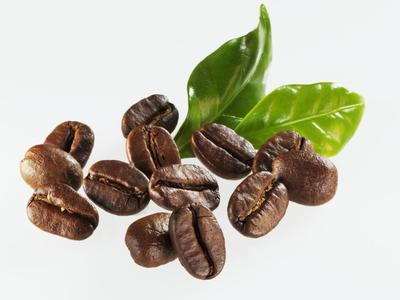Rough Coffee Powder Coffee Powder Common Grinding thickness figure
Rough Coffee Powder Coffee Powder Common Grinding thickness figure
1. Boil Espresso. It is recommended that the Espresso be placed directly in the desired cup. Then hit the milk foam, after completion, if there is a thicker milk foam floating on the surface, please remove it.
2. Slowly pour the milk foam into the newly finished Espresso. When the milk foam is fully mixed with Espresso, the surface will be thick, and this is the time to start blooming (usually the coffee cup is half full).
3. The beginning of the pull flower is to shake the wrist holding the flower cup from left to right, and the key point is to steadily make the wrist shake horizontally to the left and right. Please note that this action only requires the strength of the wrist, not the whole arm. When the shake is correct, the cup will begin to show white "zigzag" foam marks.
1. According to general experience, coffee made from very fine grinding of coffee beans and then flushed with water is hard to swallow. Believe it or not, friends who often make their own coffee at home, try to fine-tune their grinding and make a cup of coffee.
2. VIA coffee is basically (more rigorous, almost) there is no residue! Even finely ground wooden coffee beans will not all dissolve in water, will they? What a terrible taste that has to be? Like eating flour?
3. Taste. If you are crazy about coffee, you must be able to drink brewed coffee because of the difference in taste and taste caused by the duration of brewing time and the change of temperature. this is because the coffee beans have just come into contact with water and extracted to the later stage. the taste must be different. "there is a sour fruit, the latter paragraph back to sweet," and so on, the description is to say this. But VIA... The taste doesn't change with time at all. It's stable. Why is this? what mysterious technology can change the laws of nature?

Important Notice :
前街咖啡 FrontStreet Coffee has moved to new addredd:
FrontStreet Coffee Address: 315,Donghua East Road,GuangZhou
Tel:020 38364473
- Prev

Is the milk foam a mixture of milk foam and milk? the standard of coffee flower to milk
The first step is to understand the correct operation process of the steam system of the coffee machine, understand the purpose of the empty steam pipe before and after foam, and understand the importance of towels and handy cleaning in coffee making. The second step is to learn how to use the sprinkler to touch the milk surface, the location and depth of the selected point. Step three
- Next

The difference between steam milking and hairdressing
The difference between steam milking and hairdryer milking can heat the milk without causing it to blister. Pour milk into a stainless steel flower jar until it is 2x3. (there are two opinions about temperature: most coffee lovers prefer to use cold milk in the freezer, while others prefer milk at room temperature. In fact, both kinds of milk can, you can according to a
Related
- What is the meaning of lactic acid fermentation with coffee bean treatment?
- How to judge the state of foam by sound?
- How does the latte pull out the unicorn pattern? Come to get for a little trick to improve the flower pull!
- Will flower pulling affect the taste of the latte?
- Do you know the history of coffee?
- The difference between honey treatment and sun washing what is raisin honey treatment?
- What kind of milk can a novice use to make coffee foam to keep the foam longer? The correct method and skills of milking tutorial sharing
- Why do washed coffee beans taste sour? Flavor characteristics of washed Coffee
- Introduction to the skill of how to practice the size and height of water injection around the circle of hand-brewed coffee
- How do beginners practice coffee flower drawing from scratch?

